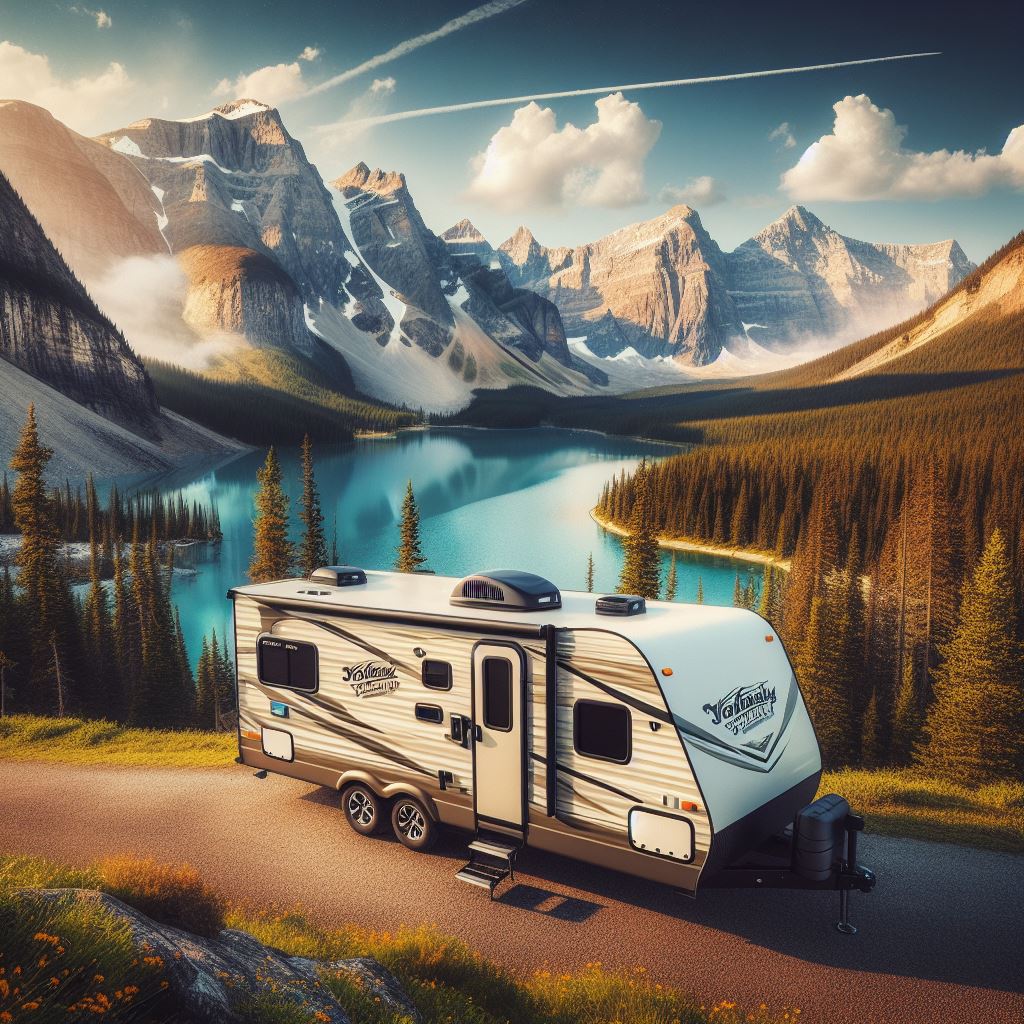Spring is a magnificent time to explore the natural wonders of the United States National Parks. As the landscape awakens from winter’s slumber, vibrant blooms, cascading waterfalls, and diverse wildlife offer an unforgettable experience for outdoor enthusiasts. However, navigating road closures during this transitional season can be a challenge. In this guide, we’ll delve into the splendor of springtime in US National Parks and provide insights on planning routes to circumvent road closures, ensuring a smooth and enjoyable adventure.
The Beauty of Spring in US National Parks:
1. Flora and Fauna: Spring breathes new life into the national parks, with colorful wildflowers carpeting the meadows and forests. Witness the spectacle of cherry blossoms in Yosemite, lupines in Grand Teton, or desert blooms in Joshua Tree.
2. Wildlife: Springtime heralds the return of migratory birds, the awakening of hibernating animals, and the emergence of newborn offspring. Keep your eyes peeled for bear cubs in Yellowstone, elk calves in Rocky Mountain, or baby bison in Badlands.
3. Waterfalls: With snowmelt cascading down from the mountains, waterfalls reach their peak flow during spring. Marvel at the thunderous roar of Yosemite Falls, the ethereal beauty of Great Smoky Mountains’ waterfalls, or the iconic Lower Falls of Yellowstone.
Planning Your Route:
1. Research Road Conditions: Before embarking on your journey, consult the National Park Service website or mobile app for updates on road closures, construction projects, and weather-related advisories.
2. Flexible Itinerary: Maintain flexibility in your itinerary to accommodate unexpected closures or detours. Prioritize must-see attractions that are accessible and have alternative routes if needed.
3. Consider Seasonal Closures: Some park roads may remain closed due to lingering snow or spring thaw conditions. Plan alternate routes or activities to explore nearby areas without road access.
4. Check Local Resources: Visitor centers, ranger stations, and park staff are valuable sources of information regarding road conditions and recommended routes. Stop by these facilities upon arrival for the latest updates.
5. Backup Plans: Have backup plans in place in case of road closures or overcrowded areas. Research nearby attractions, hiking trails, or scenic drives as alternatives to your original itinerary.
Navigating Road Closures:
1. Park Shuttle Services: Many national parks offer shuttle services during peak visitation periods and road closures. Utilize these convenient transportation options to access popular destinations without the hassle of parking.
2. Park-and-Ride Lots: Park-and-ride lots are strategically located outside park boundaries, providing shuttle services to key attractions. Park your vehicle in designated lots and hop on the shuttle for a stress-free journey.
3. Hiking and Biking Trails: Embrace the spirit of adventure by exploring hiking and biking trails that bypass road closures. Enjoy the serenity of nature while traversing scenic routes to hidden gems within the parks.
4. Off-Road Vehicles: If permitted, off-road vehicles such as ATVs or 4WD vehicles can access remote areas and trails that are off-limits to regular vehicles. Exercise caution and adhere to park regulations when venturing off-road.
Planning Your Route in Yellowstone
Check Road Conditions: Due to its high elevation and unpredictable weather, Yellowstone may experience road closures well into spring. Monitor the National Park Service website for updates on road conditions and closures.
Be Prepared for Snow: Even in late spring, snow can blanket certain areas of the park, especially at higher elevations. Carry tire chains and be prepared for icy road conditions, particularly on routes like Dunraven Pass and the Beartooth Highway.
Alternative Entrances: If main entrances such as the South Entrance or the East Entrance are closed, consider entering the park through alternative routes like the North Entrance or the West Entrance.
Conclusion:
Spring offers a tantalizing glimpse into the natural splendor of US National Parks, with blooming flowers, vibrant wildlife, and thundering waterfalls captivating visitors from around the world. While road closures may pose logistical challenges, proper planning and flexibility can ensure a seamless and unforgettable journey. By researching road conditions, maintaining a flexible itinerary, and exploring alternative routes, travelers can navigate road closures with ease and make the most of their springtime adventure in the national parks.
References:
– National Park Service. (n.d.). Plan Your Visit. Retrieved from https://www.nps.gov/planyourvisit/index.htm
– National Park Foundation. (n.d.). Find Your Park. Retrieved from https://www.nationalparks.org/connect/find-your-park
– US Department of Transportation. (n.d.). Federal Highway Administration. Retrieved from https://www.fhwa.dot.gov/
– Outdoor Project. (n.d.). Hiking, Camping, Trail Running, and More. Retrieved from https://www.outdoorproject.com/




